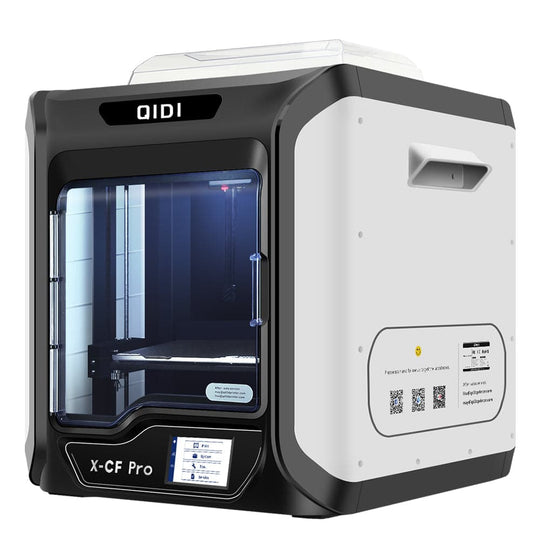What is an FDM 3D Printer?
The FDM 3D printer, or Fused Deposition Modeling printer, is one of the most popular types of 3D printing technology available today. This method involves the layer-by-layer deposition of thermoplastic materials to create three-dimensional objects. But how does this process work, and what makes it so widely used across various industries?

How Does an FDM 3D Printer Work?
Understanding the operation of an FDM 3D printer requires a look at its core components and the printing process:
- Filament: The printer uses thermoplastic filament, which is heated and extruded through a nozzle.
- Nozzle: The nozzle melts the filament and deposits it onto the build platform.
- Build Platform: This is where the object is constructed layer by layer.
- Control System: The printer's software controls the movement of the nozzle and the temperature settings.
During the printing process, the FDM 3D printer heats the filament to its melting point, allowing it to flow through the nozzle. As the nozzle moves in a predetermined path, it deposits the melted material onto the build platform. Once a layer is completed, the platform lowers slightly, and the next layer is added. This continues until the object is fully formed.
Applications of FDM 3D Printers
The versatility of FDM 3D printers allows them to be utilized in various fields:
- Prototyping: Rapid prototyping is one of the most common applications, enabling designers to create functional models quickly.
- Manufacturing: FDM technology is increasingly being used for low-volume production runs.
- Education: Many educational institutions use FDM printers to teach students about design and engineering principles.
- Healthcare: Custom prosthetics and dental models are often produced using FDM technology.
These applications highlight the adaptability of FDM 3D printers in meeting the needs of different industries.
Benefits of Using FDM 3D Printers
Why should you consider using an FDM 3D printer? Here are some compelling reasons:
- Cost-Effective: FDM printers are generally more affordable than other 3D printing technologies.
- Material Variety: A wide range of thermoplastic materials can be used, including PLA, ABS, and PETG.
- User-Friendly: Many FDM printers are designed for ease of use, making them accessible for beginners.
These benefits make FDM 3D printers an attractive option for both hobbyists and professionals alike.
Conclusion
In conclusion, the FDM 3D printer represents a significant advancement in manufacturing and design technology. By understanding how these printers work and their various applications, you can appreciate their impact on modern industries. Whether you are a designer, engineer, or simply a 3D printing enthusiast, exploring the capabilities of FDM technology can open up new possibilities for innovation.



